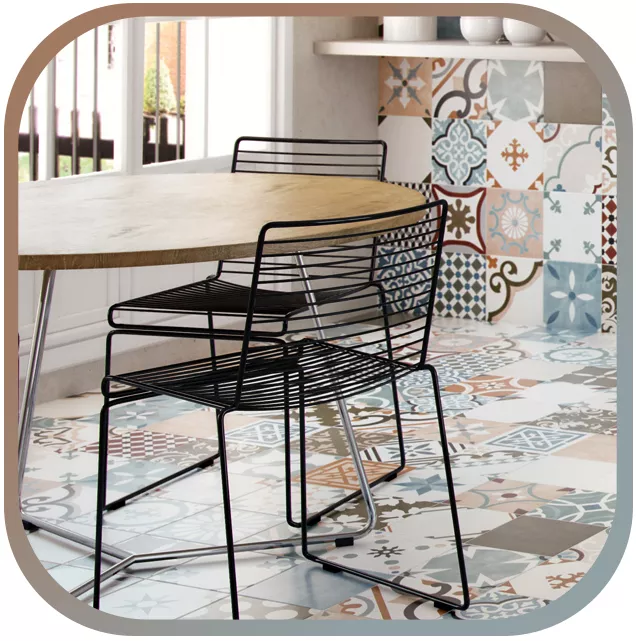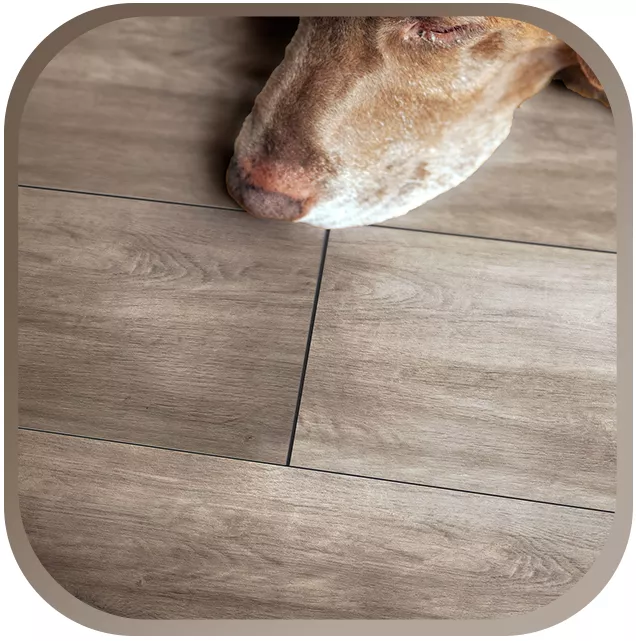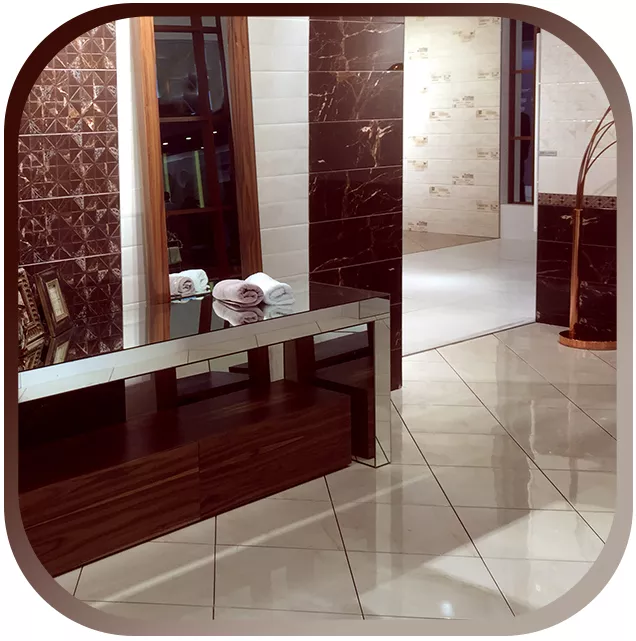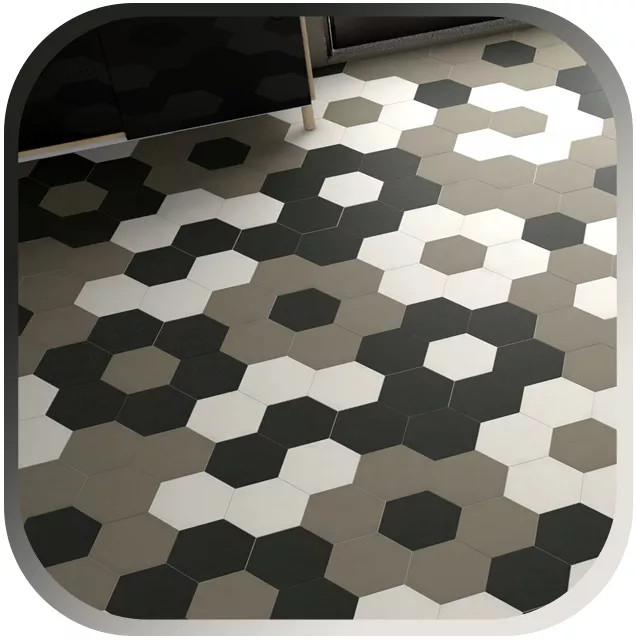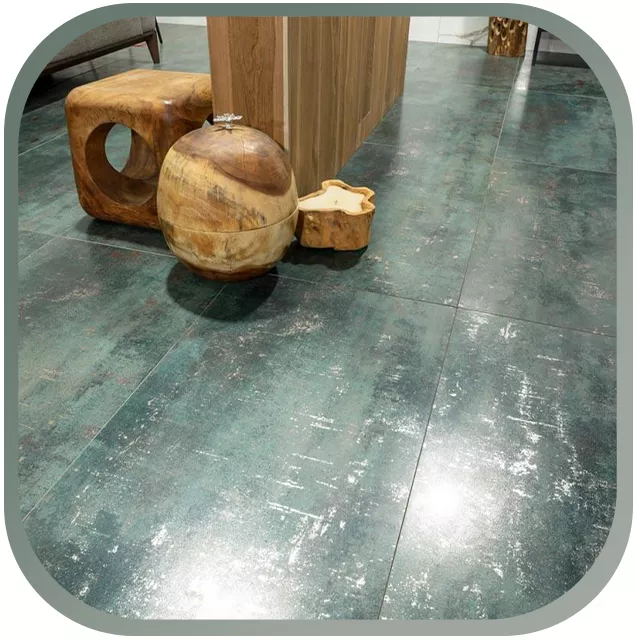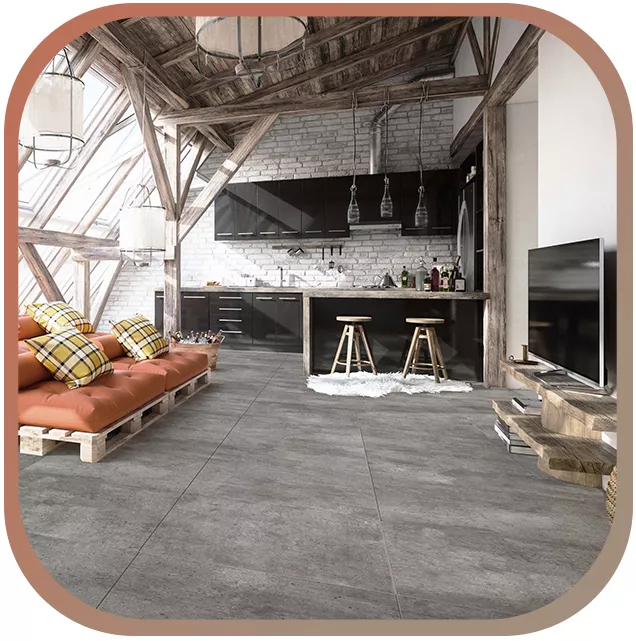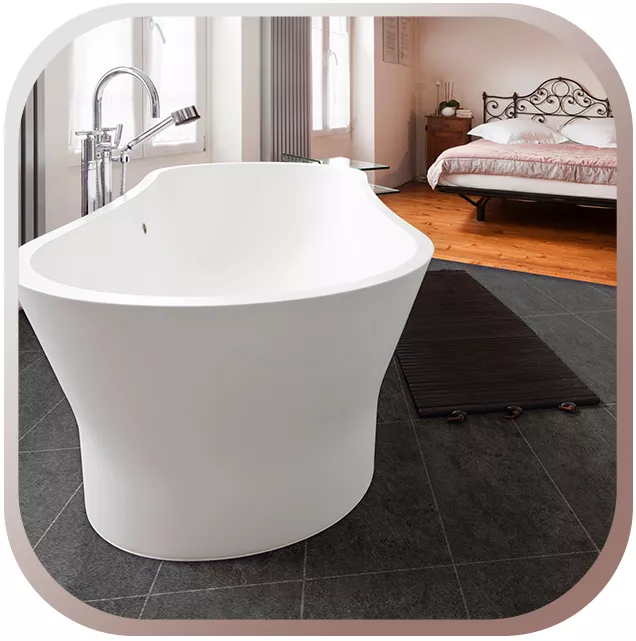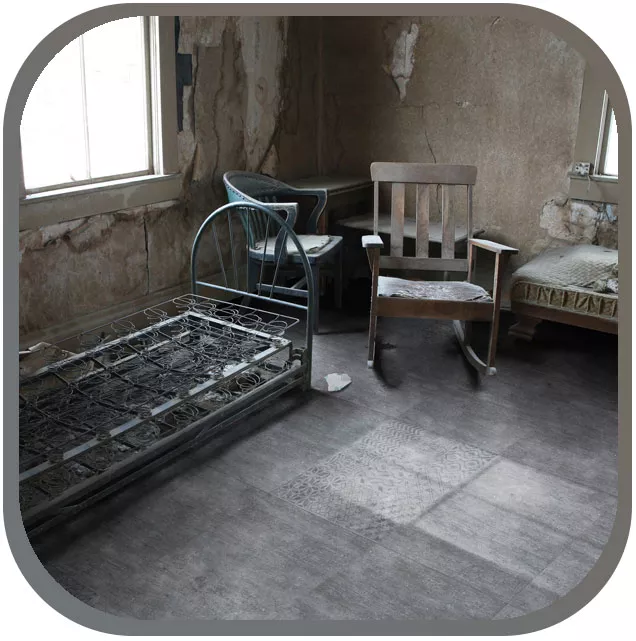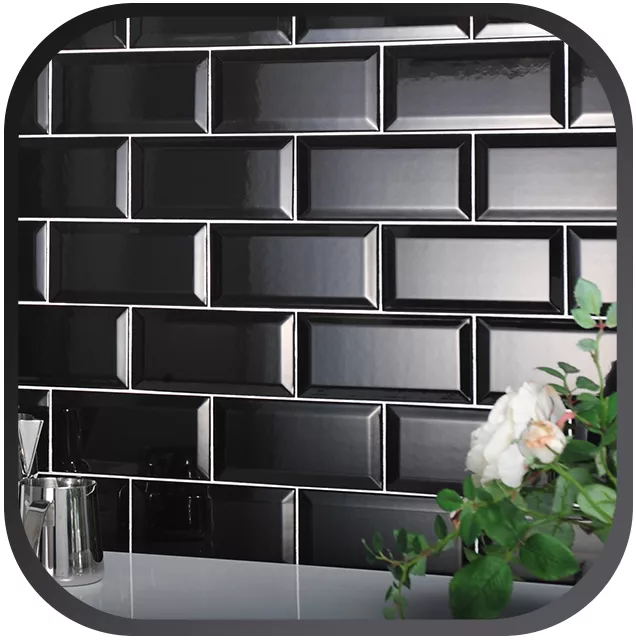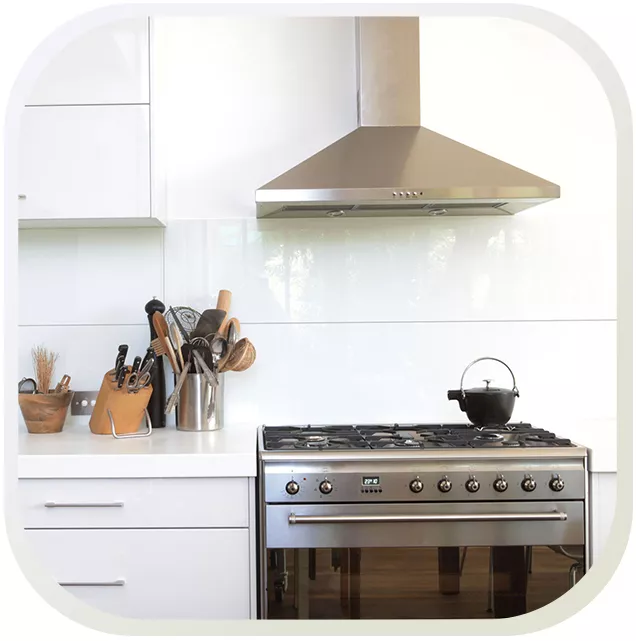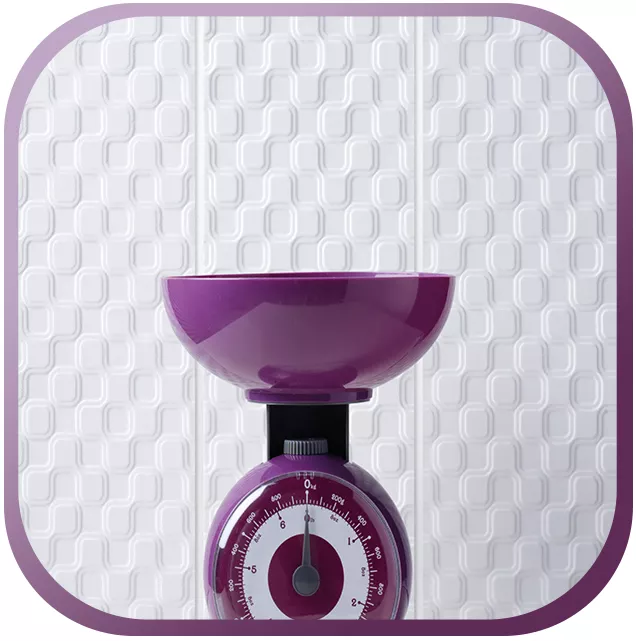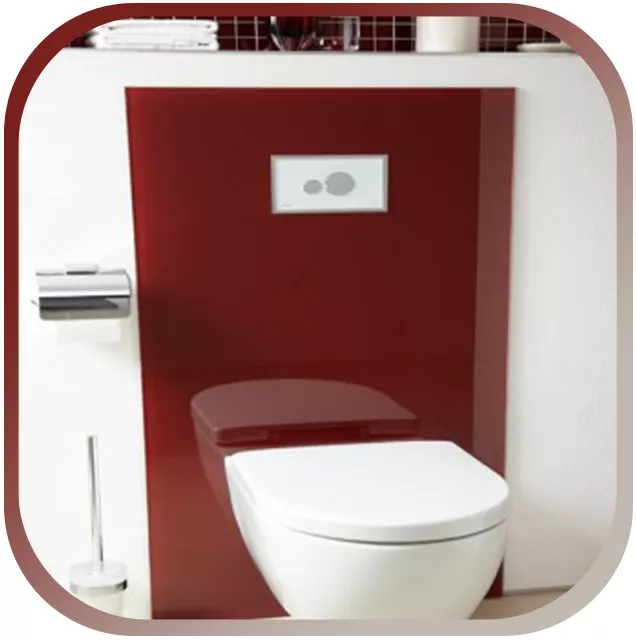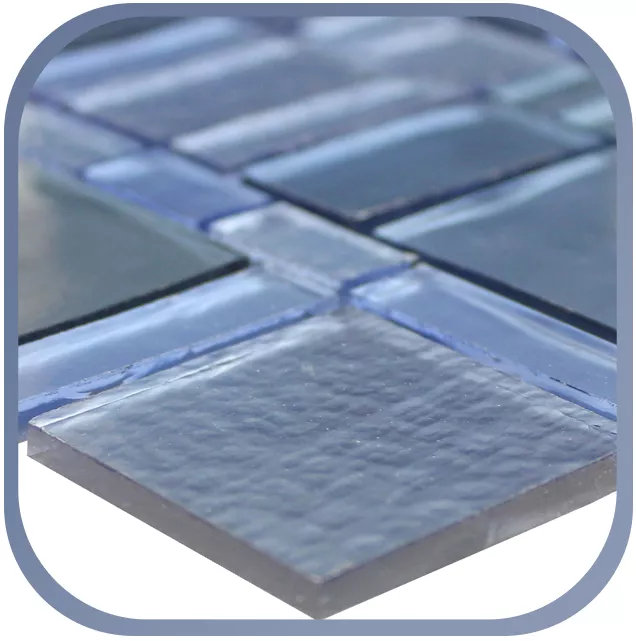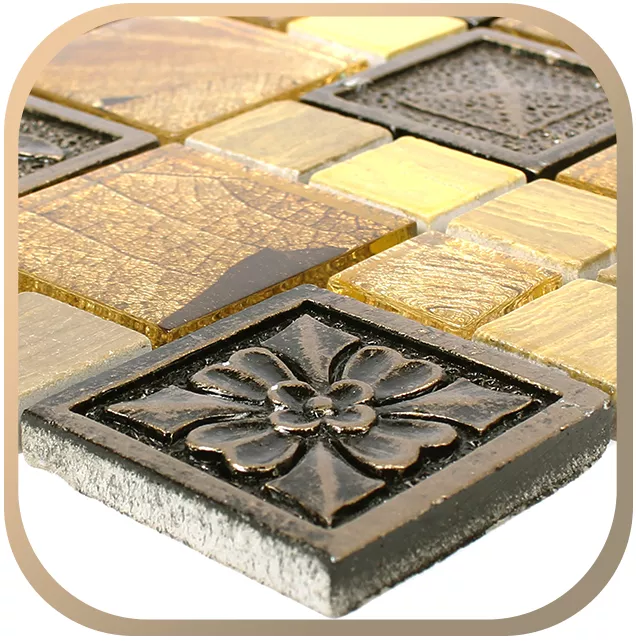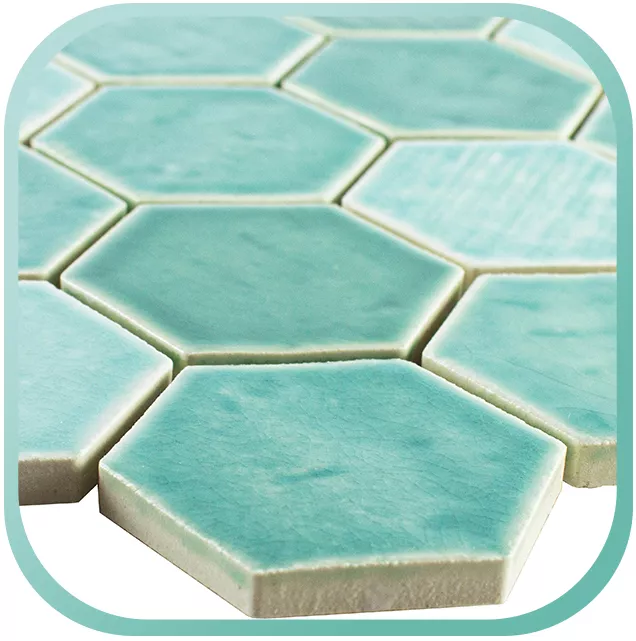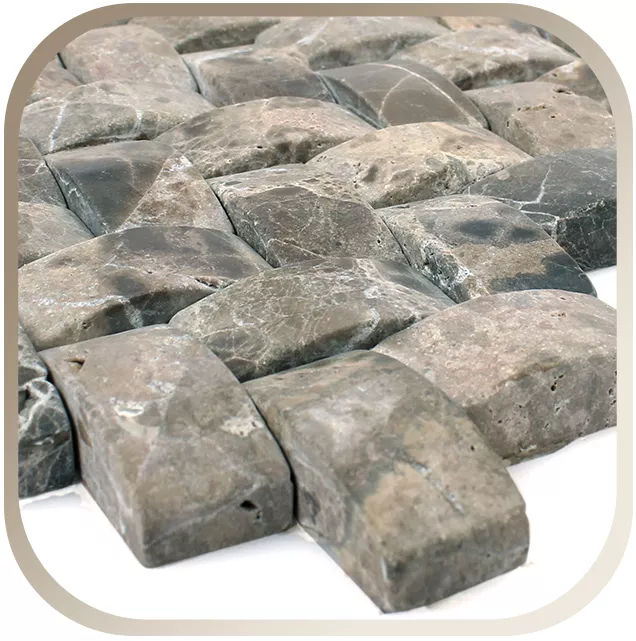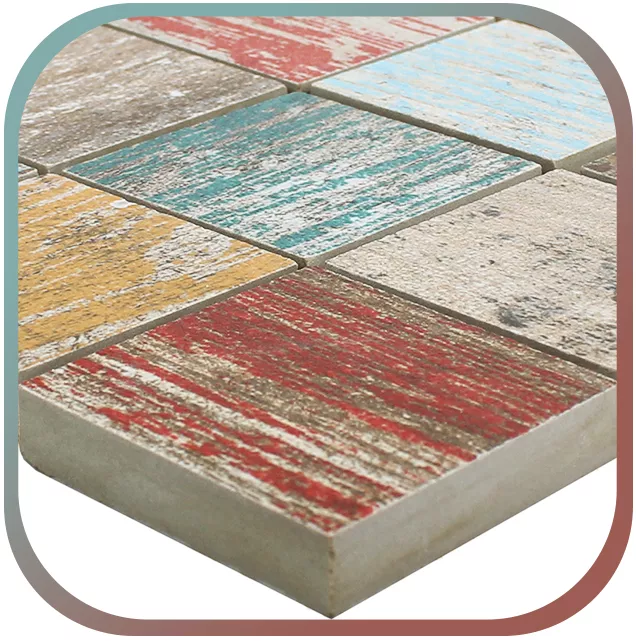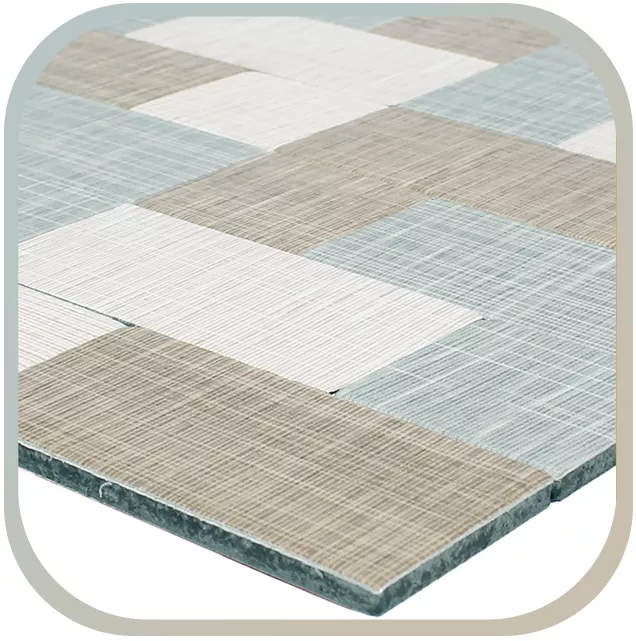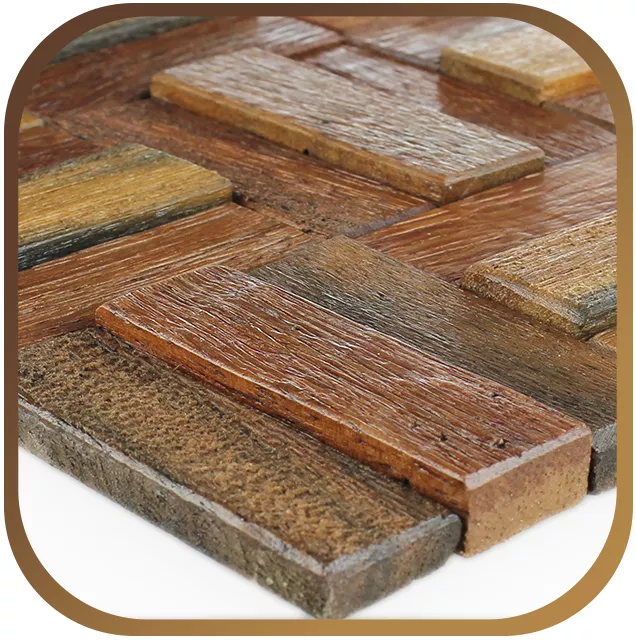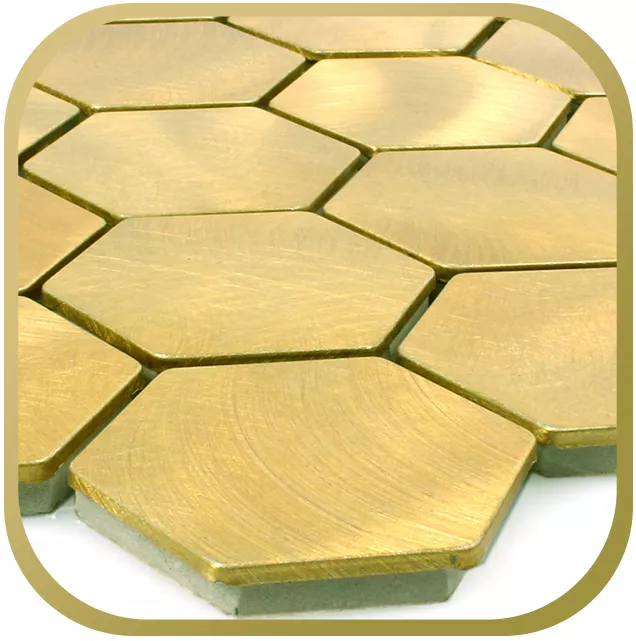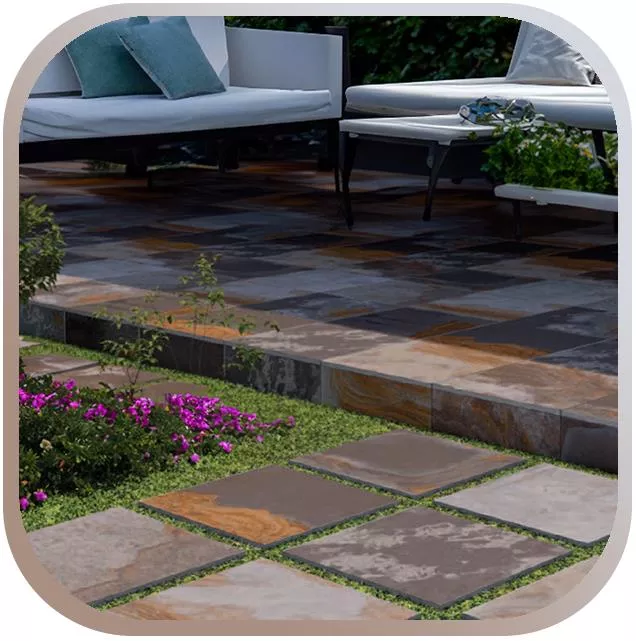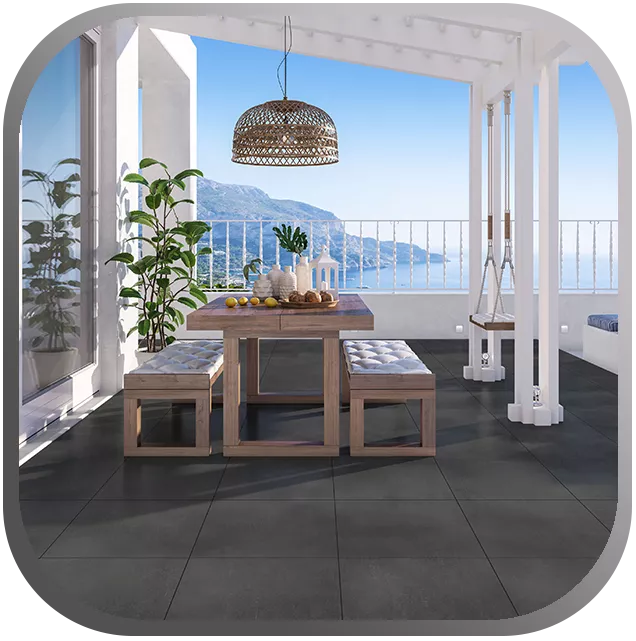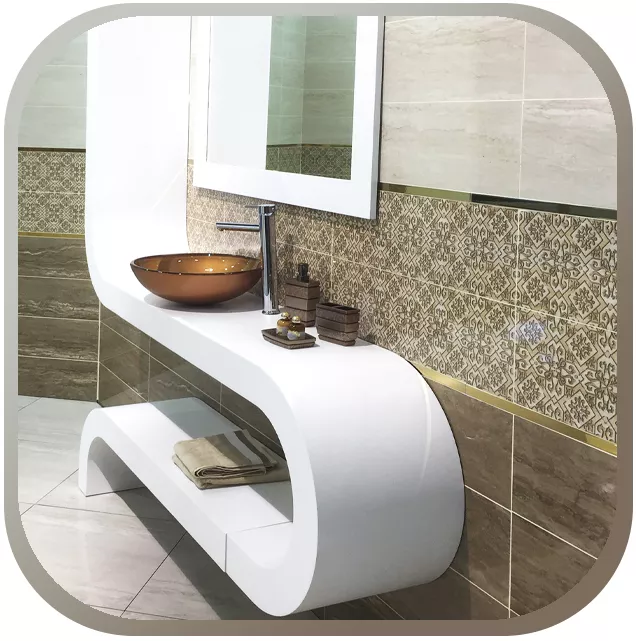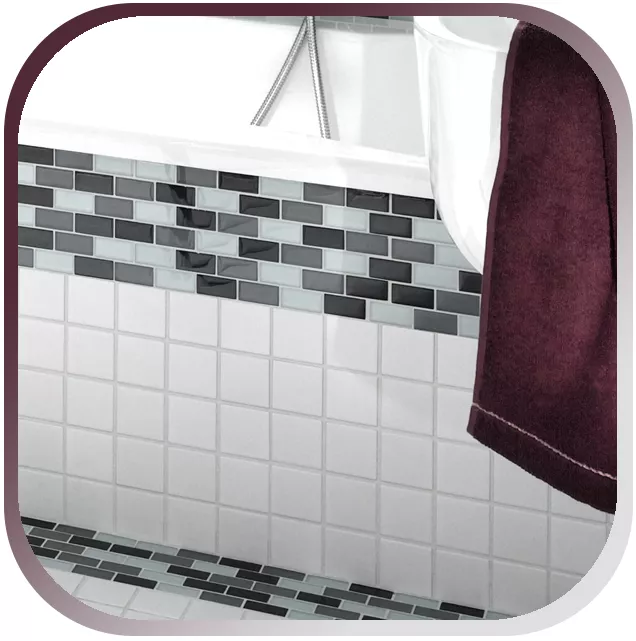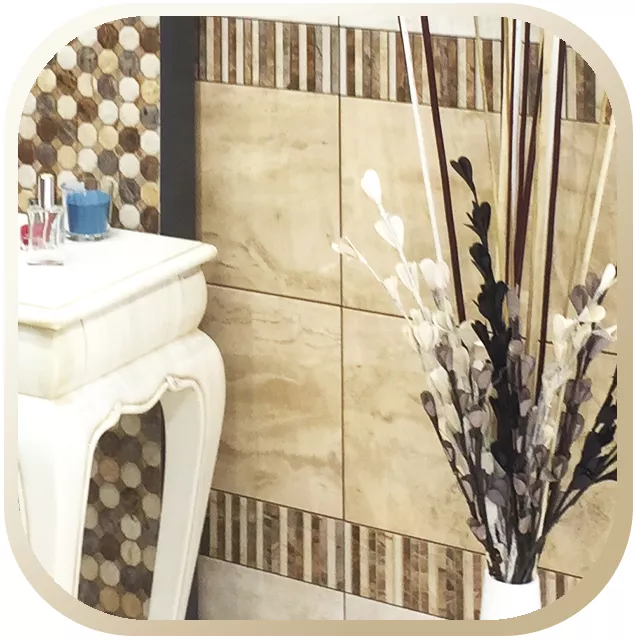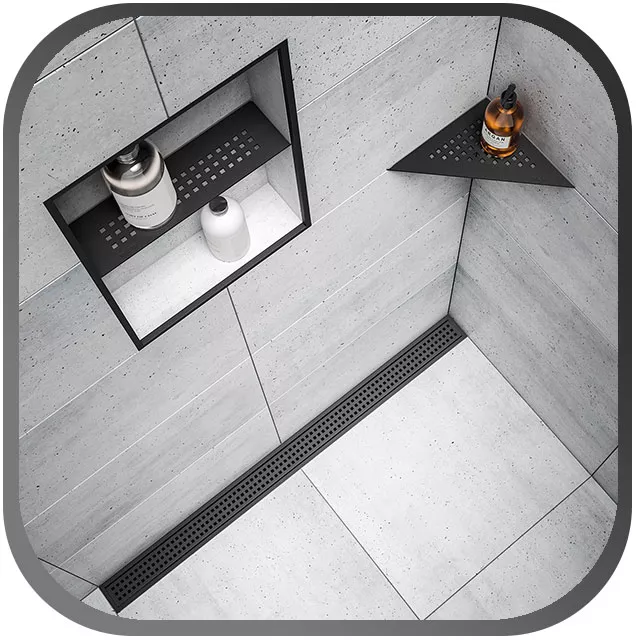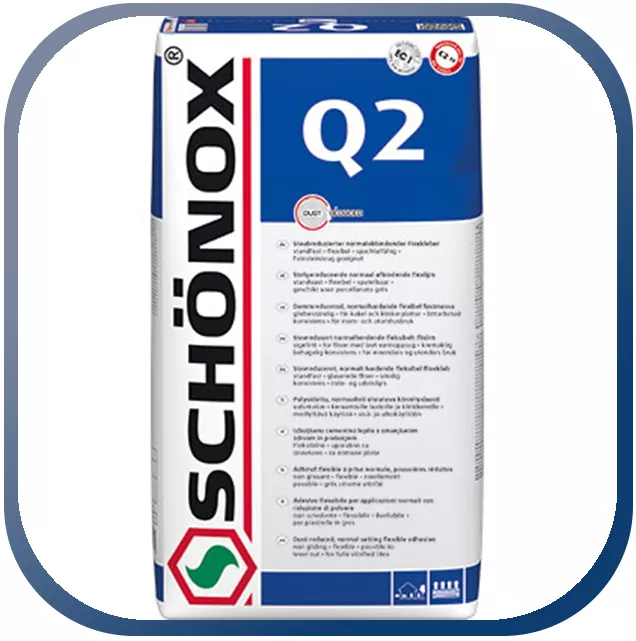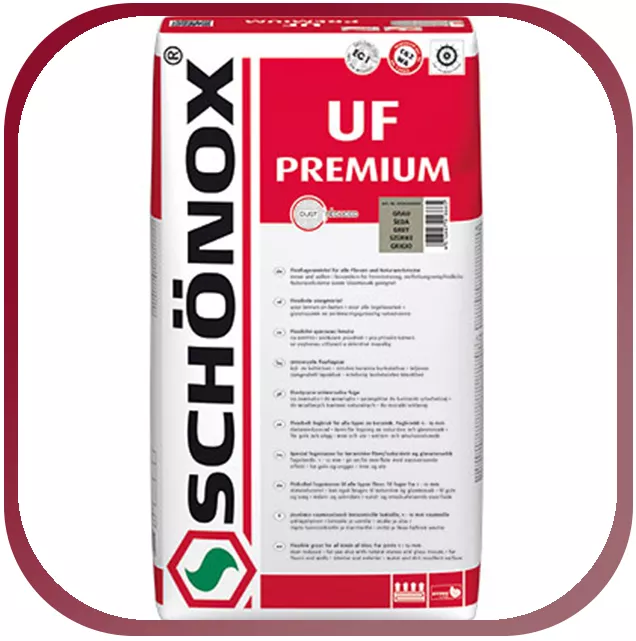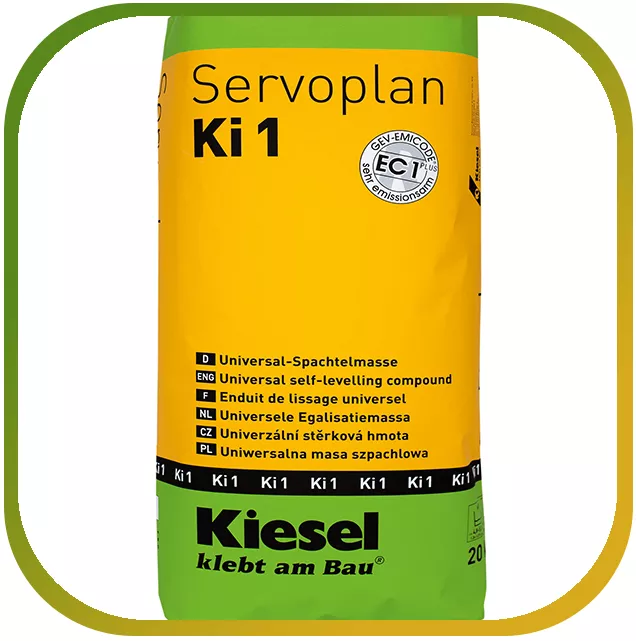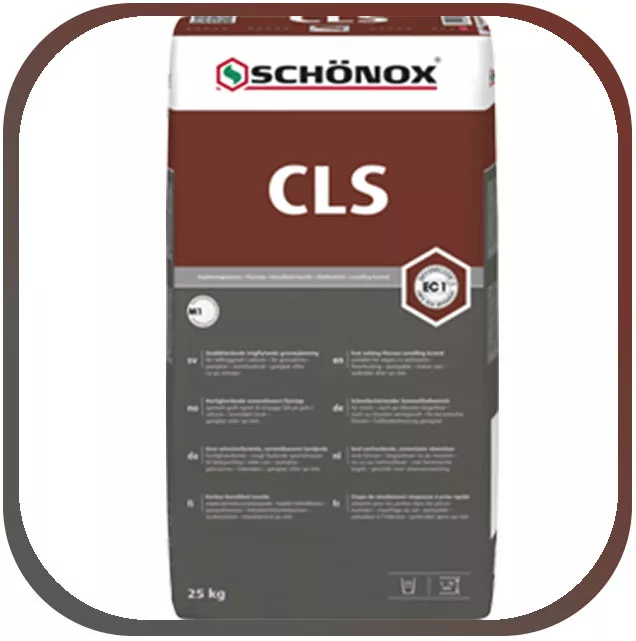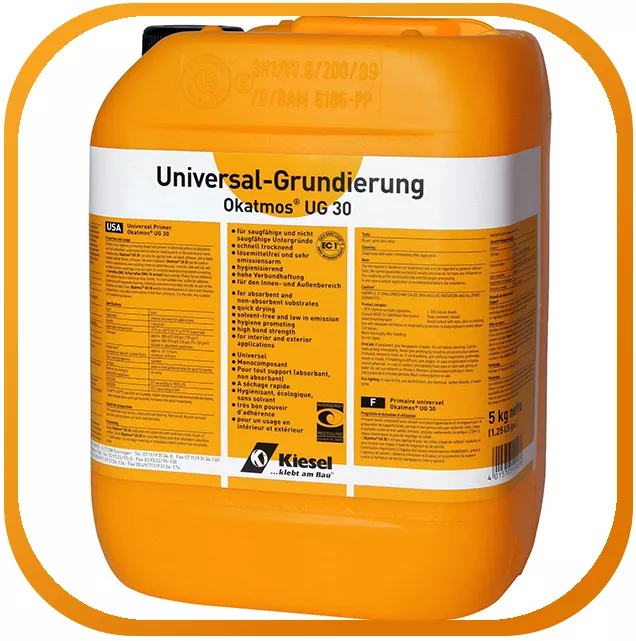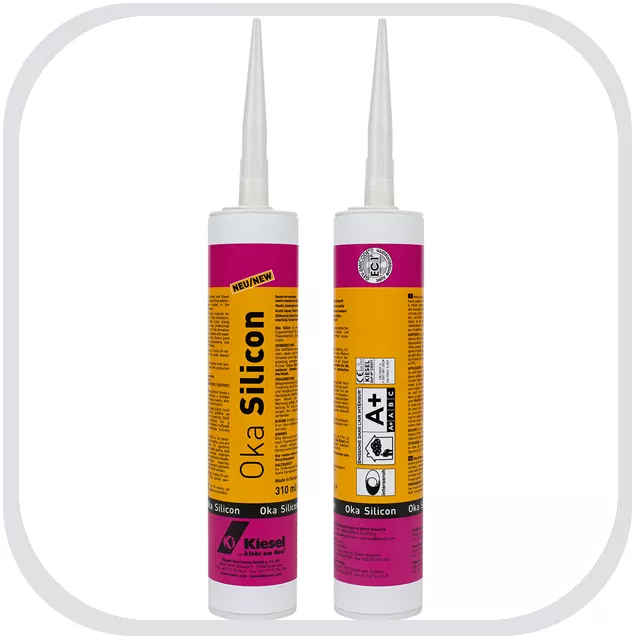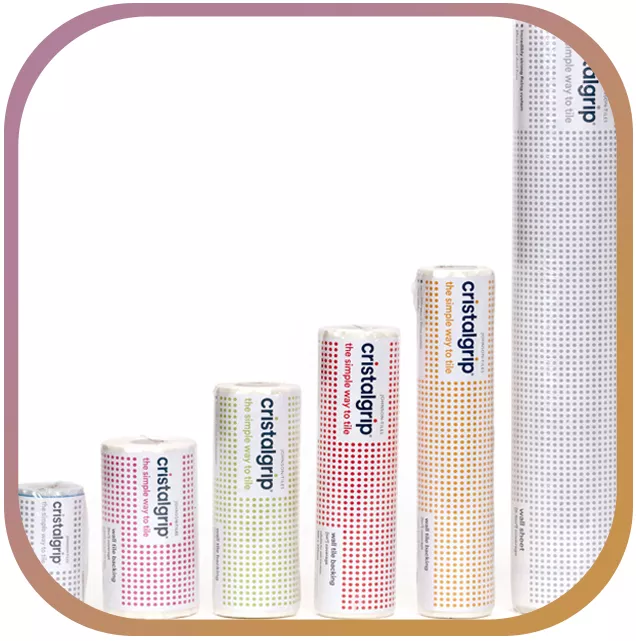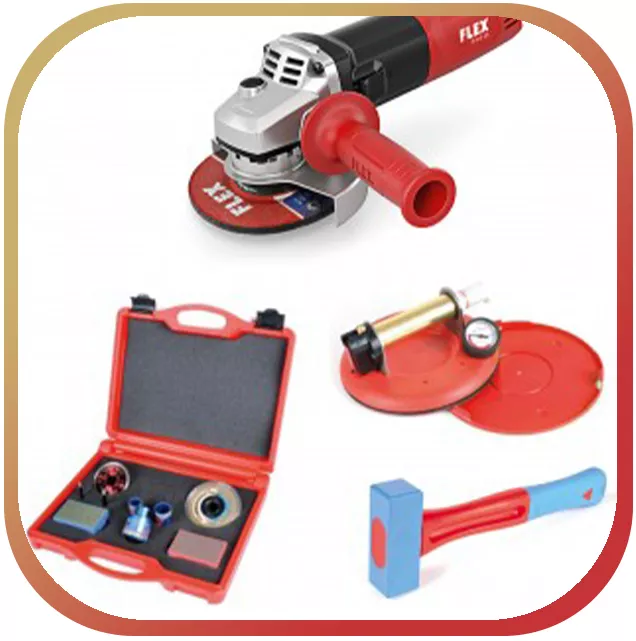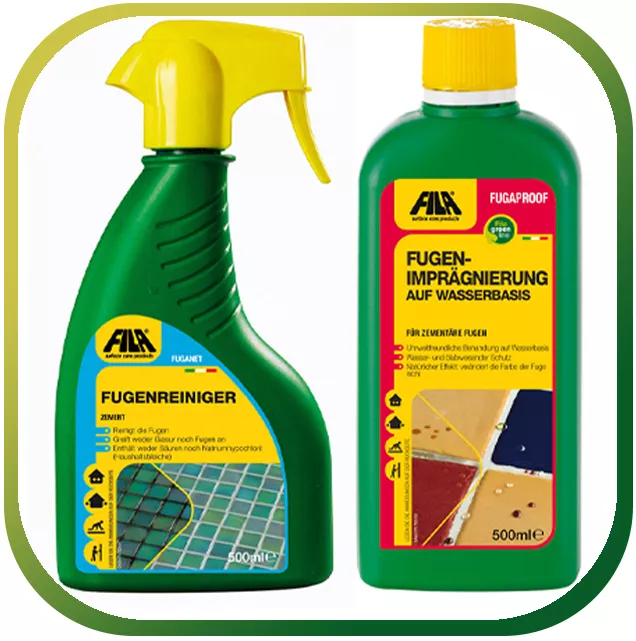Especially when it comes to a difficult surface, such as glass, plastics or metal, resin adhesive is exactly the right thing. This two-component adhesive is only used in the commercial sector. The base is made of polyurethane or epoxy resin. Due to its high resistance to chemicals, this adhesive is mainly used in industry, laboratories and the food industry.
How is the reaction resin adhesive used?
The underground is cleaned. Then the adhesive is combed with a notched trowel and the tiles are applied. Then it just has to dry.
What is special about the reaction resin adhesive?
The epoxy resin base makes it very resistant, robust and resistant to chemicals. In the commercial sector it is important that the adhesive hardens quickly so that you can continue working. In addition, it is characterized by high shear and adhesive tensile strength. The reaction resin adhesive is free of tension and shrinkage, is malleable and free of solvents and water. The adhesive must be suitable for both outdoor and indoor use. The special thing about this adhesive is that it hardens through the chemical reaction of the two components (DIN EN 12004 R2 T). It is a hardener and synthetic resin. However, both components still have to be mixed on site.
In which areas are reaction resin adhesives still used?
Due to its high adhesion and rapid hardening, this tile adhesive is also often used for large kitchens or therapy, healing or thermal pools. This adhesive adheres to glazed and unglazed, ceramic, mineral or absorbent surfaces.
What should you watch out for when working with this adhesive?
Since these are chemical components, skin and eyes should be protected when working with this adhesive. This glue is harmful to aquatic organisms. If the job at hand is lining an aquarium, the glue should be fully cured before the tank is filled.
How should the subsurface be prepared?
The subsurface must be stable, clean, dimensionally stable and free from substances that reduce adhesion, such as fats, oils, wax or care product residues. The floor can be roughened by sandblasting or grinding to ensure adequate adhesion. If the subsurface has larger outbreaks or voids, these must be renovated. Steel substrates must be provided with heavy corrosion protection.
How is the glue processed?
Both components are mixed with a very slowly rotating paddle. Make sure that the edge and floor area are also taken into account. The mixing time is an average of three minutes. Follow the manufacturer's instructions.
Notes on laying!
The processing should take place at approx. 23 degrees Celsius and approx. 50% humidity. Lower humidity and higher temperature accelerate the course of the reaction. High-quality polyurethane or epoxy resins require a concrete compressive strength of at least 30 N / mm².
Conclusion
The reaction resin adhesive consists of two components and is ideal for the commercial sector. In industry, trade and commerce, it must meet the highest demands and requirements. This is guaranteed by the two components. The hardening is caused by the chemical reaction of the components, so that work can be continued quickly. The base is usually made up of epoxy resin, which once cured is bombproof. This adhesive adheres particularly well to difficult surfaces such as glass or metal or absorbent material.
How is the reaction resin adhesive used?
The underground is cleaned. Then the adhesive is combed with a notched trowel and the tiles are applied. Then it just has to dry.
What is special about the reaction resin adhesive?
The epoxy resin base makes it very resistant, robust and resistant to chemicals. In the commercial sector it is important that the adhesive hardens quickly so that you can continue working. In addition, it is characterized by high shear and adhesive tensile strength. The reaction resin adhesive is free of tension and shrinkage, is malleable and free of solvents and water. The adhesive must be suitable for both outdoor and indoor use. The special thing about this adhesive is that it hardens through the chemical reaction of the two components (DIN EN 12004 R2 T). It is a hardener and synthetic resin. However, both components still have to be mixed on site.
In which areas are reaction resin adhesives still used?
Due to its high adhesion and rapid hardening, this tile adhesive is also often used for large kitchens or therapy, healing or thermal pools. This adhesive adheres to glazed and unglazed, ceramic, mineral or absorbent surfaces.
What should you watch out for when working with this adhesive?
Since these are chemical components, skin and eyes should be protected when working with this adhesive. This glue is harmful to aquatic organisms. If the job at hand is lining an aquarium, the glue should be fully cured before the tank is filled.
How should the subsurface be prepared?
The subsurface must be stable, clean, dimensionally stable and free from substances that reduce adhesion, such as fats, oils, wax or care product residues. The floor can be roughened by sandblasting or grinding to ensure adequate adhesion. If the subsurface has larger outbreaks or voids, these must be renovated. Steel substrates must be provided with heavy corrosion protection.
How is the glue processed?
Both components are mixed with a very slowly rotating paddle. Make sure that the edge and floor area are also taken into account. The mixing time is an average of three minutes. Follow the manufacturer's instructions.
Notes on laying!
The processing should take place at approx. 23 degrees Celsius and approx. 50% humidity. Lower humidity and higher temperature accelerate the course of the reaction. High-quality polyurethane or epoxy resins require a concrete compressive strength of at least 30 N / mm².
Conclusion
The reaction resin adhesive consists of two components and is ideal for the commercial sector. In industry, trade and commerce, it must meet the highest demands and requirements. This is guaranteed by the two components. The hardening is caused by the chemical reaction of the components, so that work can be continued quickly. The base is usually made up of epoxy resin, which once cured is bombproof. This adhesive adheres particularly well to difficult surfaces such as glass or metal or absorbent material.

